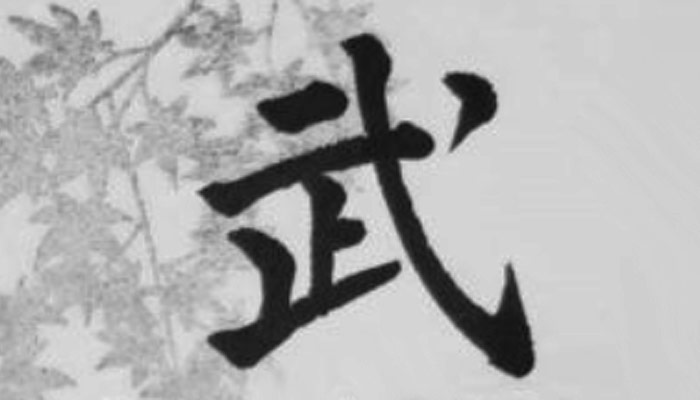
Understanding the Meaning of Bu 武: A Historical Perspective
Aikido, among other martial arts, falls under the category of Budo 武道. However, what exactly does Bu 武 mean? To fully comprehend the meaning of the character Bu 武, we must trace its origins back to China. The character Bu 武 was first recorded in Jiaguwen 甲骨文, also known as the Oracle Bone Script, which was used in the late 2nd millennium BC. Jiaguwen consisted of pictographs and signs, many of which remain undeciphered today. Over thousands of years, Jiaguwen evolved into Chinese characters and was introduced to Japan around the 6th century.
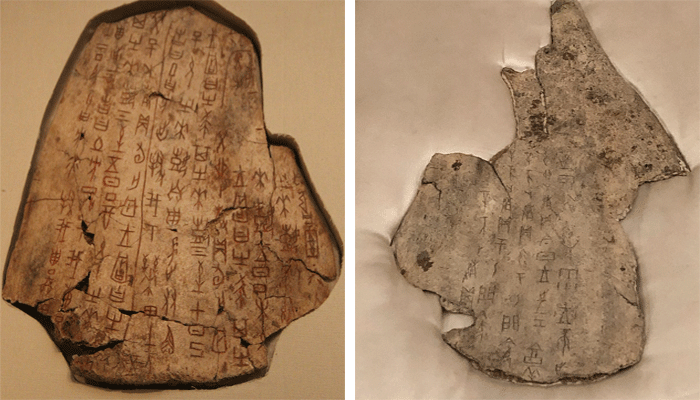
Jiaguwen 甲骨文
To better understand the evolution of the character Bu 武 over time, the diagram below shows some of the significant changes from Jiaguwen on the left to Kaishu 楷書 on the right. Kaishu is a calligraphy style believed to have been formed around the 2nd century, by which time the character Bu 武 had already become very similar to its modern form.

Evolution of the Kanji Bu 武
Jiaguwen depicts Bu 武 as consisting of two parts. The top part is the Jiaguwen form of 戈, an ancient Chinese war spear, symbolizing conflicts, violence, or wars. The bottom part is the Jiaguwen form of 止, a foot (more precisely, toes), representing the action of walking. Chinese linguists interpreted this as a soldier holding a war spear, marching to the battlefield or advancing towards the enemy. Therefore, the initial meaning of Bu 武 was purely related to military action, war, or using force to solve problems.
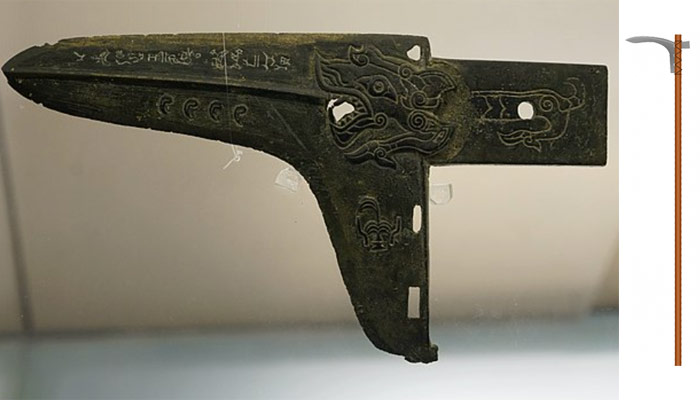
Chinese war spear 戈
During the Spring and Autumn 春秋 period, around 600 BC, King Zhuang of Chu 楚莊王 introduced a new interpretation of Bu 武. He was one of the five most powerful rulers of the time and sought to control China, achieving numerous military successes. Interestingly, while the bottom part of Bu means to walk, it can also have a different meaning of “to stop.” King Zhuang of Chu adopted this meaning and used it to explain or glorify his military actions as not being about showing off his power and authority, but rather to end further conflicts among other rulers, i.e. to end wars with wars. This is when the saying 止戈為武, which can be translated as “stopping violence is the highest form of Bu”, was created. It emphasizes the importance of using Bu 武 only for ultimate peace and defense, rather than aggression or violence.
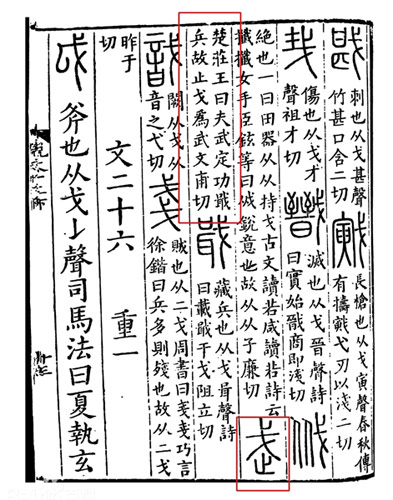
止戈為武 in Shuowen Jiezi 說文解字 (An ancient Chinese dictionary edited in 100 CE)
Although this interpretation is considered as a misinterpretation from a linguistic perspective, it was widely accepted over time. Eventually, a more positive meaning was attributed to the character as well. Wars between kingdoms and fights between individuals occurred frequently, leading to the formation of moral judgments. Wars and fights should be fought with courage and wisdom, following some moral rules to be called Bu 武. A war or fight won by using dirty tricks, breaching moral standards would be considered as 勝之不武, which can be translated as “victory without martial virtue”.
When the Chinese characters or Kanji were introduced to Japan in the 6th century, the Japanese also adopted this explanation, or as one of the explanations. This was especially true for those who practiced martial arts as it added another layer of philosophy to pursue, creating a higher purpose for the arts beyond just martial skills. Ultimately, it is entirely a personal choice whether to accept its original martial meaning or the more pacifist interpretation of Bu 武. While the latter is seemingly more popular in modern Budo, which places a stronger emphasis on the Do, the Way, and the philosophy, its original meaning in history should not be forgotten.
Suggested reading: Aikido: 合氣道 or 合気道?
Author’s Note: We appreciate your readership! This article serves as a preliminary introduction to the subject matter. While we aim for accuracy, we cannot guarantee the content’s precision and it may contain elements of speculation. We strongly advise you to pursue additional research if this topic piques your interest. Begin your AikidoDiscovery adventure! 🙂



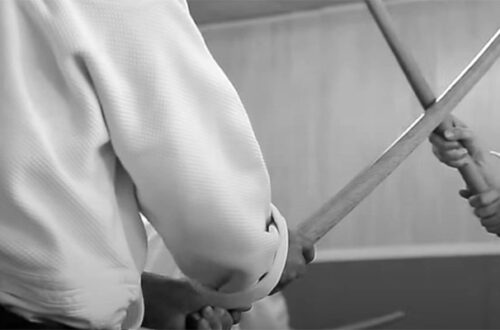
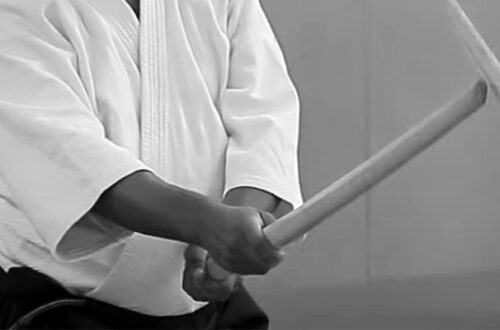
One Comment
Beatrice
Wow 👌 I’ve learnt a lot today. And it’s amazing 👏 🤩